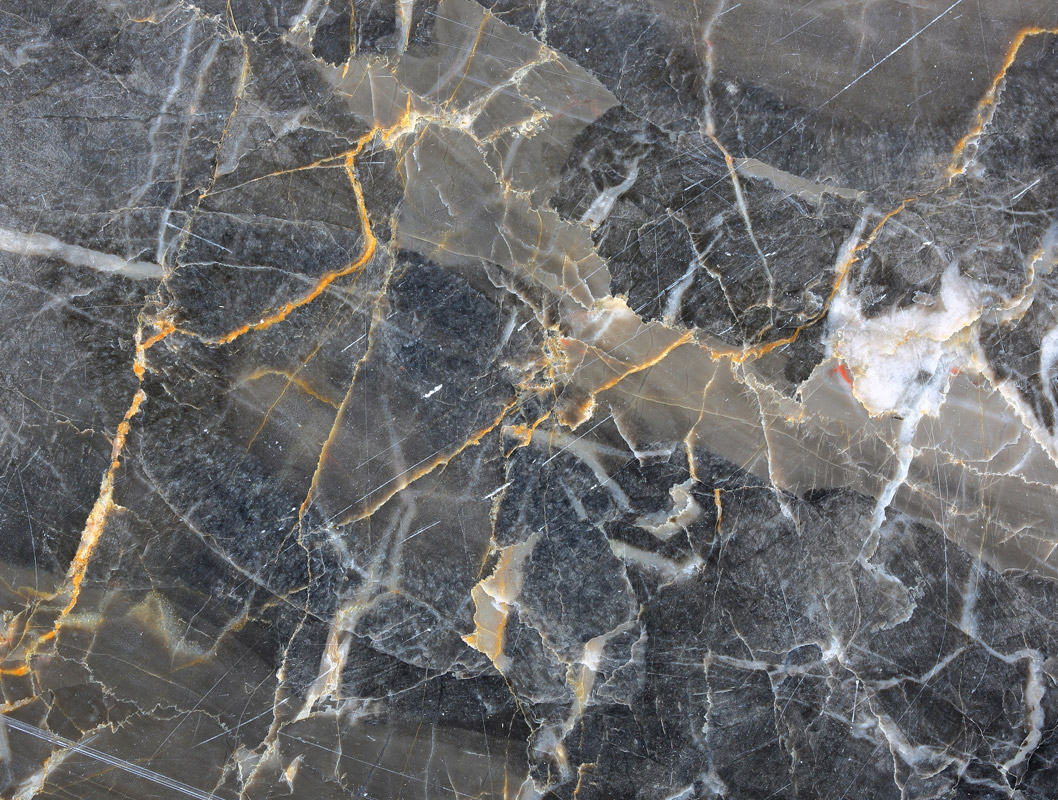Natural stone in the bathroom
August 2021, author: Kolobius Ewelina, customer advisor
 Stone is durable, timeless and, above all, extremely stylish. No wonder it’s so popular in interior design. So, how can we incorporate the natural stone into the bathroom decor?
Stone is durable, timeless and, above all, extremely stylish. No wonder it’s so popular in interior design. So, how can we incorporate the natural stone into the bathroom decor?
The bathroom is a place with a specific, very humid microclimate. So,
when choosing finishing material, we need to focus on one that is durable and resistant. This is one of the reasons why the natural stone is a perfect choice. How can it be used and what to use instead of it?
Contents
Natural stone in bathrooms
Stone is an exceptionally graceful material and can be used in many ways. A bathroom made of natural stone that covers all surfaces will look amazing. We can also place it on one or several walls, or only on the floor. If the investor is not convinced with having stone on a large surface, he can consider stone accessories or decorations, as an interesting effect can be achieved in this way, too.
Natural stone is very versatile and goes well with various materials. You can get a great effect combing it with wood, ceramics, modern glossy furniture, mosaic or photograph wallpaper – the choice is endless. Stone suits both traditional and modern interiors. It looks great in bathrooms with a bathtub, a regular shower unit with a shower tray or a
walk-in shower enclosure.
Different natural stone for different decor
Stone has more than one name.
Any type of stone can be used in the bathroom as long as the surface is impregnated. If we opt for a less durable variety, the stone should only constitute an addition to the whole interior. On the other hand, if it is durable, it can also be placed on the floor and the walls. If we are looking for something light, we can choose marble, which looks splendid in bathrooms in luxurious palace design or modern glam look. Slate and granite, on the other hand, will provide darker colors. They can be pewter, gray or black in color, and they look great in
modern bathrooms.
Bathroom made of natural stone – why should we think of it?
A trendy bathroom is a dream of many people. With the amazing way the stone looks, we can achieve an interesting effect very easily. This is an unquestioned advantage of this material. We have freedom in terms of combining different materials, textures and colors.
Stone looks great in combination with any decor. It’s elegant and stylish, and it adds grandeur to decor. Every stone is slightly different in terms of grain and shades, and that’s what makes each and every interior space original and unique.
Although stone is associated with something heavy and overwhelming, it can be incorporated into rooms of any size. But, in smaller bathrooms we should remember to focus on light-colored stone, which will both brighten up the room and optically enlarge it.
Functionality should not be forgotten.
Natural stone is extremely durable and water resistant, which is especially important when it comes to bathrooms. If we decide on this solution, we can be sure that the bathroom will look perfect for years.
Natural stone substitutes
Despite so many advantages that stone has, this material isn’t completely free from disadvantages. It is cold and it can be slippery, brittle and porous. It can also be expensive. Fortunately, nowadays there are technologies that allow to reduce at least some of these drawbacks. Besides, here are natural stone substitutes, which look equally beautiful and are cheaper at the same time.
Instead of stone, ceramic tiles are sometimes used, which are quite durable and hard. Stone tiles come in various designs and can be found in the offers of many manufacturers. They can look interesting and they do resemble stone to some extent, but even the most technologically advanced ones can differ in looks from real stone.
When searching for stone substitutes, it is worth considering porcelain tiles. They are a subcategory of ceramic tiles, but what makes them different form regular tiles are small clay particles. This translates into a denser structure, and thus the tiles are less permeable. Besides, porcelain offers more design possibilities. This means that it can perfectly imitate various materials. Porcelain tiles can resemble leather, wood or stone itself. This is an interesting option as they are easy to place and can have a rough surface, which makes them perfect for the floor by the bathtub or in the shower unit.
Another suggestion is quartz. It is most commonly used in countertops. Quartz is made from a combination of quartz particles and polymer resin. This material gives great possibilities in terms of shape, so it can successfully imitate natural stone.
See all blog posts
 Stone is durable, timeless and, above all, extremely stylish. No wonder it’s so popular in interior design. So, how can we incorporate the natural stone into the bathroom decor?
Stone is durable, timeless and, above all, extremely stylish. No wonder it’s so popular in interior design. So, how can we incorporate the natural stone into the bathroom decor?